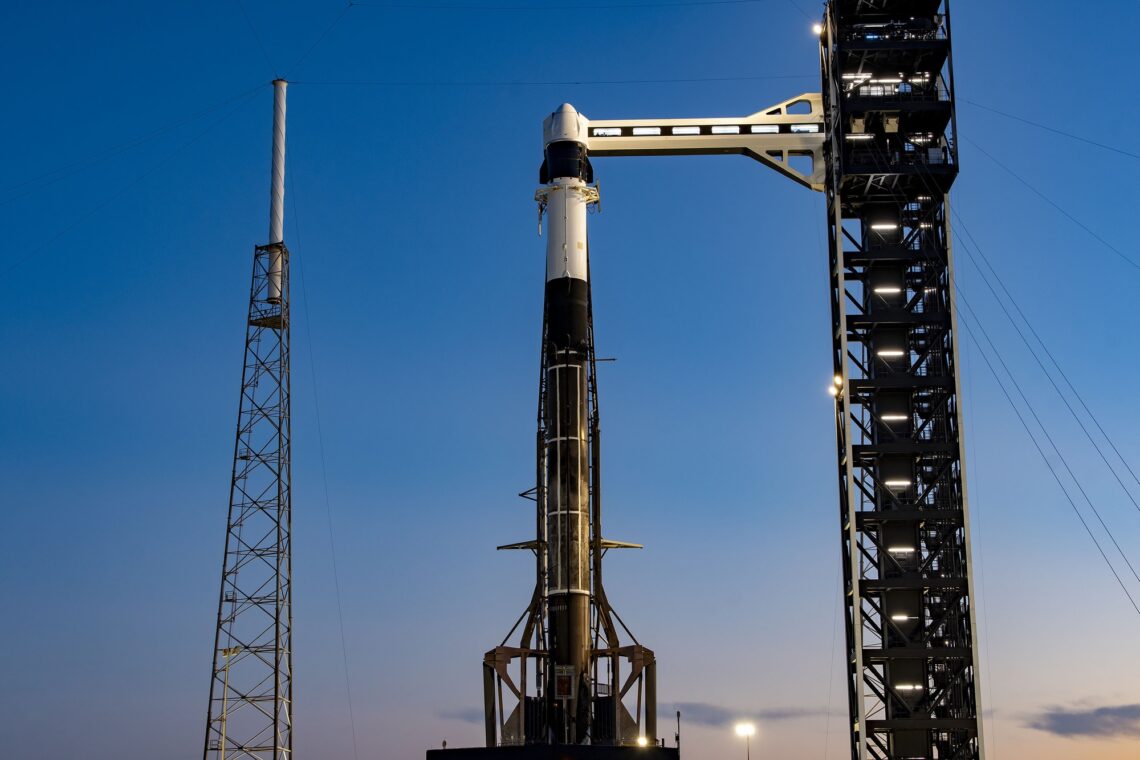WASHINGTON — A cargo spacecraft launched towards the International Space Station March 21, hours after a rare last-minute abort of a Russian Soyuz spacecraft launch to the station.
A Falcon 9 lifted off from Cape Canaveral’s Space Launch Complex (SLC) 40 at 4:55 p.m. Eastern. The rocket’s payload, a cargo Dragon spacecraft, deployed from the Falcon’s upper stage 12 minutes after liftoff.
The Dragon is flying the CRS-30 mission to the ISS and is scheduled to dock with the station at about 7:30 a.m. Eastern March 23, remaining there about a month. The spacecraft is carrying 2,841 kilograms of cargo, including a mix of science experiments, crew supplies and station hardware.
The launch is the first time that the current version of Dragon has launched from SLC-40. SpaceX has utilized nearby Launch Complex 39A for launches of Crew Dragon spacecraft and its cargo variant, using the launch tower and crew access arm there. The last cargo flight from SLC-40 was CRS-20, final launch of the original cargo version of Dragon, in March 2020.
SpaceX has since built a tower at SLC-40 that allows that pad to be used for cargo missions again as well as, eventually, crewed missions. For cargo missions, the crew access arm allows for late loading of time-sensitive cargo about 24 hours before launch.
The new tower at SLC-40 is “nearly functionally identical” to LC-39A, said Sarah Walker, director of Dragon mission management at SpaceX, during a March 19 briefing. The elevator at the new pad is upgraded compared to the one at LC-39A and has a different emergency escape system than the “slide wire” baskets at the older pad. SLC-40 instead uses chutes that can quickly unfurl for people to slide down.
SpaceX built the tower at SLC-40 to serve as a backup to LC-39A, alleviating congestion at the pads such as in February, when the launch of the IM-1 lunar lander mission from LC-39A delayed NASA’s Crew-8 commercial crew mission from the same…
Read the full article here

